Report: Apple testing RFID swipe support in iPhone prototypes
RFID (Radio-Frequency IDentification) is a technology that allows a device to sense embedded chips in nearby objects without making direct contact or without using visible light like a barcode reader. Apple has already filed patents related to a mobile "ID App" capable of using an RFID sensor, a way to use RFID to sense and connect to available WiFi networks, and a touchscreen RFID tag reader.
New RFID support in future iPhones could enable a variety of "touchless" technologies, ranging from swipe payments (where users could pay for items at a checkout, vending machine, or toll booth by swiping their phone near a payment pad), to swipe sensing of information kiosks, objects, or even animals.
Very little data needs to be transmitted between the RFID chip and the device to do useful things; a payment would only need to present the user's account number. A kiosk could simply transmit a URL to allow users to swipe their phone to open up a web page about the local area, with transit information and maps or details on items in a museum display.
The cost of RFID chips is now down to just a few cents each in quantity, making it possible to apply them to a wide variety of uses. Shipping companies and retailers already use RFIDs to track packages much like barcodes; libraries use them to track books, farmers use them to identify animals in herds, and the army, theme parks and schools attach RFIDs to people.
RDIF in mobile applications
In Japan, QR Code barcodes have long been a popular way to obtain information about an object using a cellphone with a barcode reader or camera that can read them. Mobile phones and credit cards with RFID swipe features (like Sony's FeliCA) have also been in use for years in Asia and Europe, and are just recently entering the US.
Apple could leverage its micropayment system in iTunes, which already has a hundred million users' accounts with credit cards in 23 countries, to set up a payment system tied into the iPhone and iPod touch. However, simply offering a way to read RFID tags would open up the device to a variety of industrial applications where swipe sensing could be used to track inventory and discover items in the area.
Adding support for an RFID reader is apparently easy and cost effective, and can be built right into the screen according to a recent Apple patent, which stated:
"The efficient incorporation of RFID circuitry within touch sensor panel circuitry is disclosed. The RFID antenna can be placed in the touch sensor panel, such that the touch sensor panel can now additionally function as an RFID transponder. No separate space-consuming RFID antenna is necessary. Loops (single or multiple) forming the loop antenna of the RFID circuit (for either reader or tag applications) can be formed from metal on the same layer as metal traces formed in the borders of a substrate. Forming loops from metal on the same layer as the metal traces are advantageous in that the loops can be formed during the same processing step as the metal traces, without requiring a separate metal layer."
iPhone 3.0 already supports local discovery and networking setup via Bluetooth on all iPhone models, but Bluetooth devices are too expensive to embed in lots of devices that could use cheap RFID chips.
 Prince McLean
Prince McLean

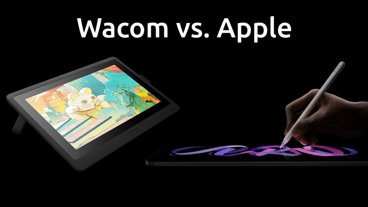

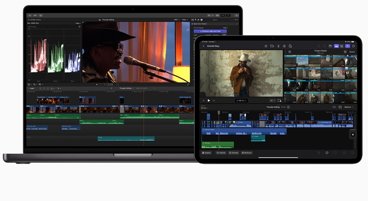








 Malcolm Owen
Malcolm Owen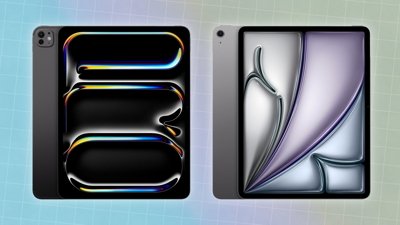
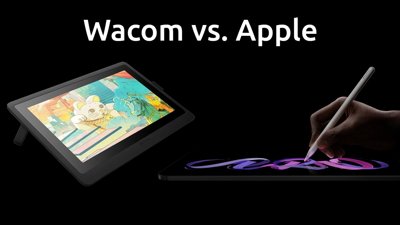
 Amber Neely
Amber Neely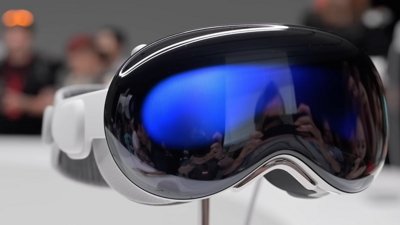
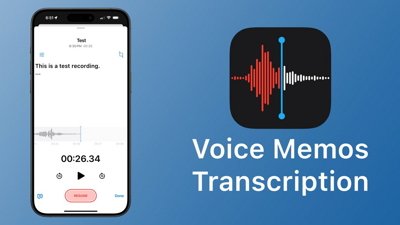
 Marko Zivkovic
Marko Zivkovic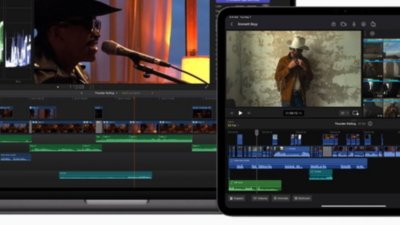
 David Schloss
David Schloss
 Wesley Hilliard
Wesley Hilliard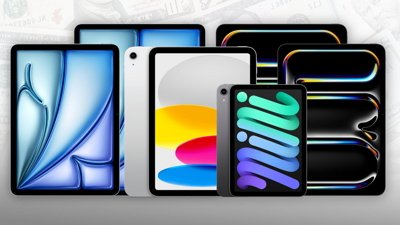
 Mike Wuerthele and Malcolm Owen
Mike Wuerthele and Malcolm Owen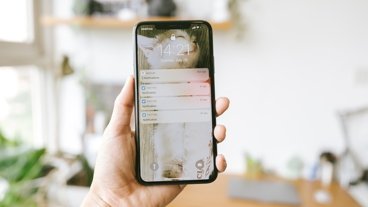
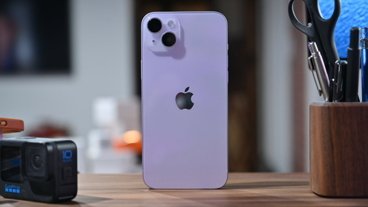








54 Comments
Another sensor? These phones are becoming tricorders. If they could just detect M-class planets they would have everything.
Another sensor? These phones are becoming tricorders. If they could just detect M-class planets they would have everything.
Or "fire off" any one of sensor probes!
http://www.gammaone.org/index.php/Probes
any chance the new checkout devices (iPod touches) at Apple retail stores are the field tests for this new technology?
RFID is a little scary security wise, but I've been hoping this feature would help replace ID's and CC's. Obviously this is also a great feature for businesses for inventory tracking and electronic payments as well. It's be great to use with RFID business cards with the phone as well.
Obviously this is the arena where Apple wants to compete; with features other smart phones will less commonly have. Very "New World Order" but cool none the less.
This would be great. We did something similar with our client's iPod Touch.